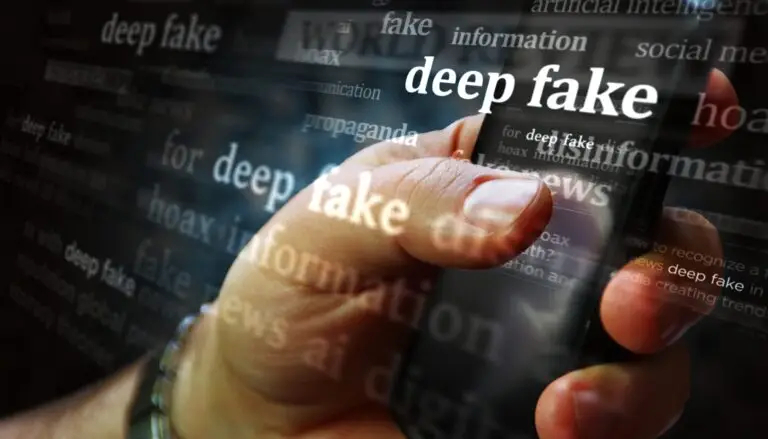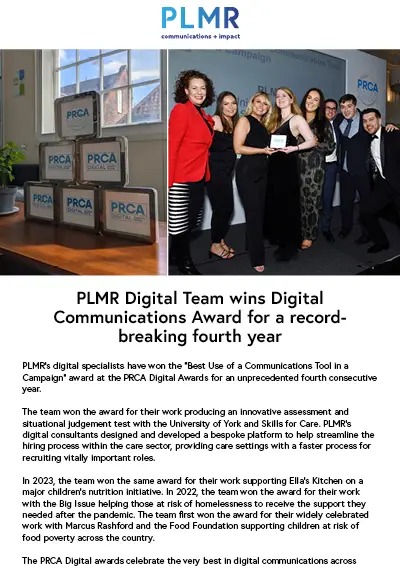Home Secretary James Cleverley made headlines this week with his take on deepfakes, warning that they could be used to “highjack the general election” by misleading voters.
The potential to shape perceptions of public figures through deepfakes is ominous, particularly in the realm of politics, because convincing fabrications can influence voting outcomes and sway public opinion. Deepfake audio of London Mayor Sadiq Khan that was circulated last November, for instance, aggravated an already inflammatory political climate. In the fabricated audio, “Khan” was heard expressing indifference towards Remembrance weekend and commenting on pro-Palestinian marches. Towards the end of 2023, deepfake audio of Sir Keir Starmer suggested a poor and abusive treatment of party staffers. In the same year, deepfake videos of Prime Minister Rishi Sunak falsely announced his involvement in a financial controversy.
Deepfakes are video or audio created using AI tools that mimic the face or voice of a public figure. They are typically created by scammers to get individuals to reveal protected information but also, such as in the case of Khan, Starmer, and Sunak, they can be used to change people’s perception of public figures. Whilst politicians and companies grapple with this problem, there is a strong case for communications campaigns that focus on thought leadership. Amid the ongoing spread of misinformation, thought leadership provides a means to control the narrative.
Thought leadership articles not only drive engagement and build industry recognition – they also establish and maintain credibility and authority. By disseminating well-researched, knowledgeable content, the pieces themselves meaningfully cut down on misinformation. The widespread availability of generative AI tools, capable of crafting convincing fakes, pose real threats to the credibility of information in our digital society. These quickly erode confidence in institutions across the board, such as the media, judiciary, government, and businesses. In the face of deepfakes and disinformation, having reliable voices becomes imperative.
By positioning key figures within an organisation as thought leaders, PR professionals can strategically shape narratives, contribute to industry discourse, and foster a culture of transparency. By ensuring that thought leaders are established as a trusted expert in their respective fields, audiences can be sure that, despite the ever-growing spread of disinformation, credible voices do remain. With this in mind, thought leadership can be an effective tool to neutralise the threat that disinformation brings.
Through strategic communication, thought leaders can pre-emptively address potential misinformation, showcasing their understanding of industry nuances and providing a trustworthy perspective. This proactive approach not only safeguards businesses but also reinforces their commitment to integrity in an era where trust is a precious commodity.
In terms of the rise of deepfakes and disinformation, there is hope. At the Munich Security Conference earlier this month, twenty tech giants, including Amazon, Google, and Meta, pledged collaboration in combating the dissemination of misleading content, including deepfakes. But the fact remains that unless and until this pledge yields results, businesses must prioritise building and maintaining trust. Thought leadership is not only instrumental in elevating a company’s reputation, it also, in an era marked by the shadow of disinformation, offers a beacon of trust and credibility.





